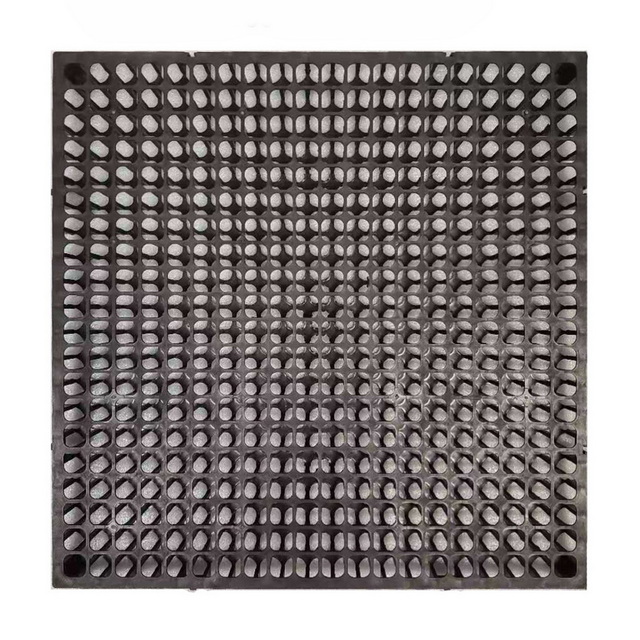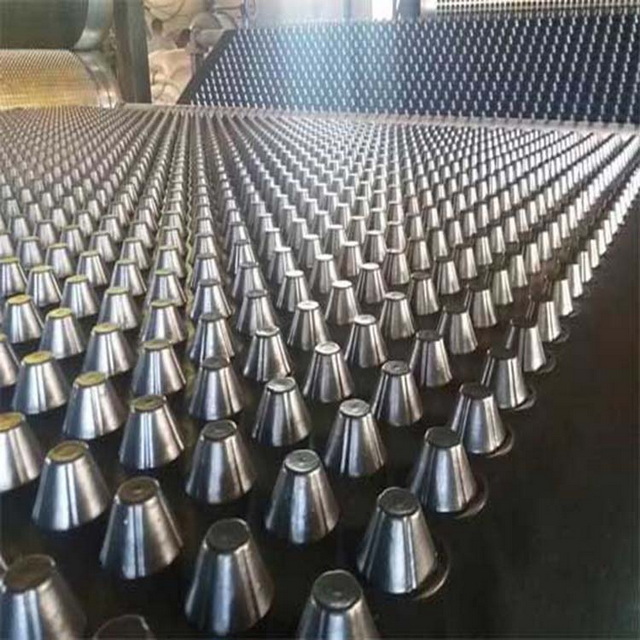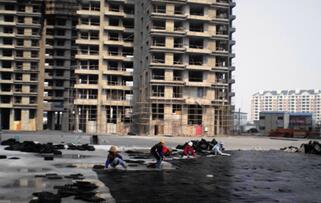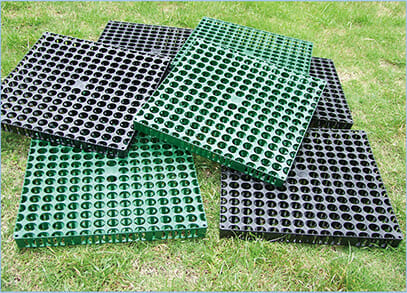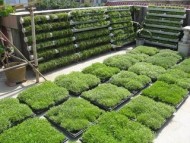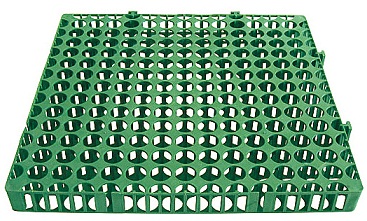Drainage board is a new material for building sponge cities
Drainage board manufacturers related literature data shows that, compared with bare ground, organic cover can increase the soil water content by 35%-200%, thus greatly reducing the amount of water used for oasis maintenance.

Drainage board manufacturers related literature data shows that, compared with bare ground, organic cover can increase the soil water content of 35%-200%, thus greatly reducing the amount of water for oasis maintenance. Not only that, “organic cover” can also amend the soil. Tianjin garden planning and design institute in the personnel said, tianjin land salinity is relatively high, “organic cover” in the microorganisms can be fully integrated with the soil, through fermentation degradation, improve the soil, increase soil fertility.
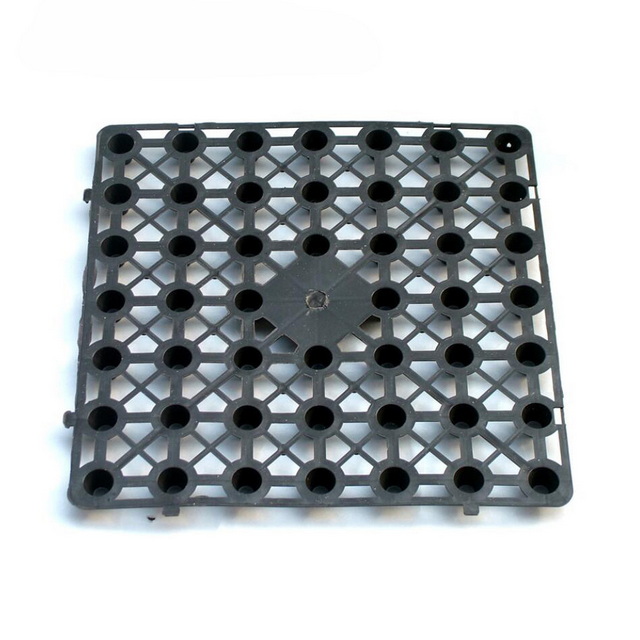 It is relatively environmentally friendly and is fully degradable. The material itself can absorb rainwater and improve the fertility of the soil. It promotes the growth of plant roots. Especially it can relieve the salinization of the soil, in different areas it can basically reach 10%-50% of the total share of salt reduction. In this aspect of the sponge city, the use of this organic cover to play the two basic functions of water storage and water treatment.
It is relatively environmentally friendly and is fully degradable. The material itself can absorb rainwater and improve the fertility of the soil. It promotes the growth of plant roots. Especially it can relieve the salinization of the soil, in different areas it can basically reach 10%-50% of the total share of salt reduction. In this aspect of the sponge city, the use of this organic cover to play the two basic functions of water storage and water treatment.
At present, the drainage board system is accelerating the construction of parks and oases and natural ecological correction, promote the new construction and transformation of sponge-type parks and oases, enhance the urban sponge body function of the park and oasis system, and the transformation of the current park wall form, satisfied with the rainwater through, for the storage of rainwater in the surrounding areas, improve urban drainage capacity to supply space.
Sponge city development on the city’s benefits are very much, will make full use of parking lots, residential areas, industrial parks, green belts and other facilities, the construction of permeable tiles, recessed oasis, rain gardens, planting ditches and other rainwater absorption, storage and use of engineering, to create a “sponge city”.


